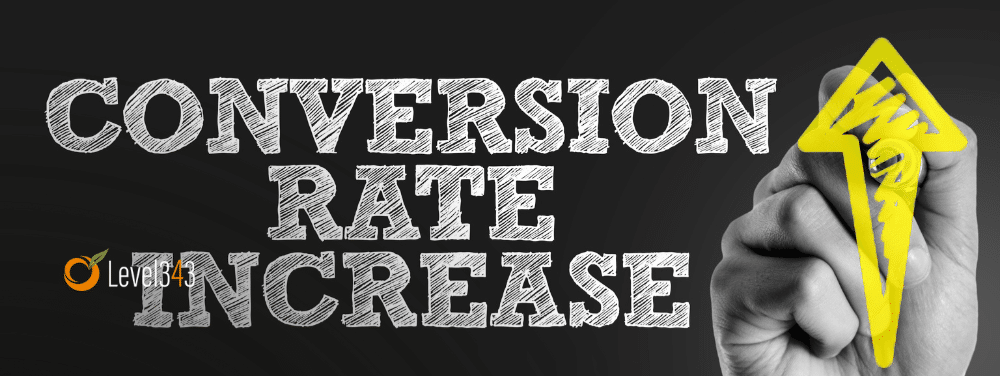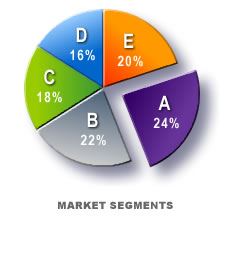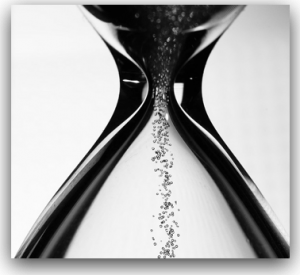Wouldn’t it be nice to see that your online marketing campaigns are working by looking at more than your company’s bottom line? When running concurrent campaigns (and you are, aren’t you?), you want to see how each of them perform. Otherwise, even when your bottom line says they’re succeeding, you could be doing extremely well with one or two and have third that’s failing miserably.
Today’s blog post, the last of a five part series in measuring metrics and KPIs, was written with this problem in mind (look for Thursday’s post that will have a wrap up, an ebook, and maybe a surprise if our graphics department can move quick enough). How do you tell which campaigns are working and which aren’t?
There isn’t a visible red flag. You don’t get an email saying, “Hey, campaign 3 is tanking.” No bells and whistles go off as the submarine sinks. –And since there aren’t any of these very noticeable signs, we turn to what does tell us all this and more: metrics and Key Performance Indicators (KPIs).
Conversion – Stage 4 of the Standard Business Funnel
“Conversion is similar to engagement. However, the definition differs slightly: a response that actively and directly affects the company’s business goals.“~Measuring Metrics for Success
Conversion – that moment when all your marketing team’s hard work comes to fruition. It’s a beautiful thing! Doesn’t it just make you smile? Can you hear the angelic choir?
Conversion can sometimes be confused with Engagement. It’s often qualified as the sale; therefore, if it doesn’t bring dollars it doesn’t look like a conversion. However, there are multiple touch points in online marketing. A single site may have three or more actions that would qualify as a conversion because, simply put, a conversion is when the visitor does what you want them to do.
Market Segmentation and How It Applies
The point of conversion is where all that market segmentation, multiple campaigns, multiple touch points and metric measurement starts to make some serious sense. Not only is this the bottom line (whether sales or lead generation makes no difference to analytics – it’s all numbers), but it’s also the place where you’ll first see when something goes wrong.
For example, you have three potential conversions on your site:
- Download a free report after filling out a short form
- Fill out a short form to request more information
- Buy a product
Note: these points won’t fall under the Engagement stage because they are the final steps you want your visitor to do.
You’re spending marketing dollars on six campaigns, two for each potential conversion. Are your marketing dollars being spent wisely? What’s succeeding? What isn’t, and why? If you’ve set up market segmentation and followed it for each stage, these answers will be easier to find.
Key Performance Indicators for Conversion?
If a visitor hits the “thank you” page without going through your sales funnel, is it a conversion? Of course it is! – But if you can’t tell where they came from, you don’t have much hope it growing that particular sales corridor, do you? This is what metric measurement is all about. It’s also why you:
- Set up goal funnels
- Create events alerts
- Use traffic segmentation
Conversion Action: Download a free report after filling out a short form
Market: Moms with hyperactive kids
Campaigns:
As you can see, your conversion KPIs may be:
- Visitor information received which includes exclusive FB and TV codes
- Visits to the “thank you for downloading” page reached with the exclusive codes
- Final information given to customer service with the answer to, “Where did you hear about us?”
Of course, this means you’ll have to make sure exclusive codes are set up, the free report form routes to a thank you page, and the customer service department is properly trained.
A Case of Not Enough Information
Now, your “download a free report” page is hopping and traffic is up. You know because your marketing team did things right and created a benchmark report before the campaigns started. However, your campaign budget will be smaller next month and you’ll have to cut one or the other. Your job is to:
- cut the least performing one
- make the other campaign more productive
Simplify
First, let’s get rid of the phone calls. Because your customer service staff was correctly trained to ask, “Where did you hear about us,” you know 5 calls came from Facebook and 10 from the TV ad. Of those, two converted from Facebook and five from the ad.
Facebook: 2 TV: 5
Look at the conversions.
You’ve had 600 conversions through the website in the past two months (don’t freak out at the numbers, we’re just using examples here). Where are they coming from? Because you set up those exclusive codes, you know that at least 300 came from Facebook and 200 from the TV ads. That leaves 100 that fell out of the sky.
Facebook: 302 TV: 205 Miscellaneous: 100
Although it appears Facebook is a clear winner, there may be something easily fixed in the TV ad that would make it outperform Facebook. Unfortunately, while FB was correctly tracked and the proper KPIs were chosen throughout, the only thing you can see on the TV ad is whether they used the code at the end or not. For that matter, your miscellaneous conversions could be from FB or TV, and the user just couldn’t remember the code.
Food for Thought: A Question for YOU
How would you set up the TV ad to provide better tracking throughout the funnel? Because of ad placement, you know you have a reach of about 5,000 people in a month. You get about 10,000 a month to your site, and at least 20% of them visit your free report page. Don’t you want to know for sure what’s happening to them?
Stay tuned for Thursday, where we’ll wrap up the measuring metrics and KPIs series by walking you through the analytics set up for tracking a campaign through the business funnel. We’ll be including screen shots, setting up event alerts, goals and traffic segmentation, all this KPI goodness in an eBook, and lots of information for you to chew. We hope to see you there!
What You May Have Missed
Part 1: Measuring Awareness with Careful KPIs: An Info-Morsel on Metrics
Part 2: Acquisition and the KPIs to Track It: Metric Measuring Part Deux
Part 3: Measuring Engagement and KPIs | Performance-Driven Marketing
(You Are Here) Part 4: Measuring Conversion KPIs: Are Your Campaigns Succeeding?
And let’s not forget the post at Search News Central that started it all off: Measuring Metrics for Success











































2 Responses
I’m torn between what I enjoyed more whilst reading this post – the Campaign A/B Chart full of excellent information or the cute ‘Happy Thoughts’ cow picture 😛
Good post thanks. We see companies using a ROI calculated KPI as a true gauge of successful conversion channels. Mixing resources / budget for each channel and then a cost per conversion figure.